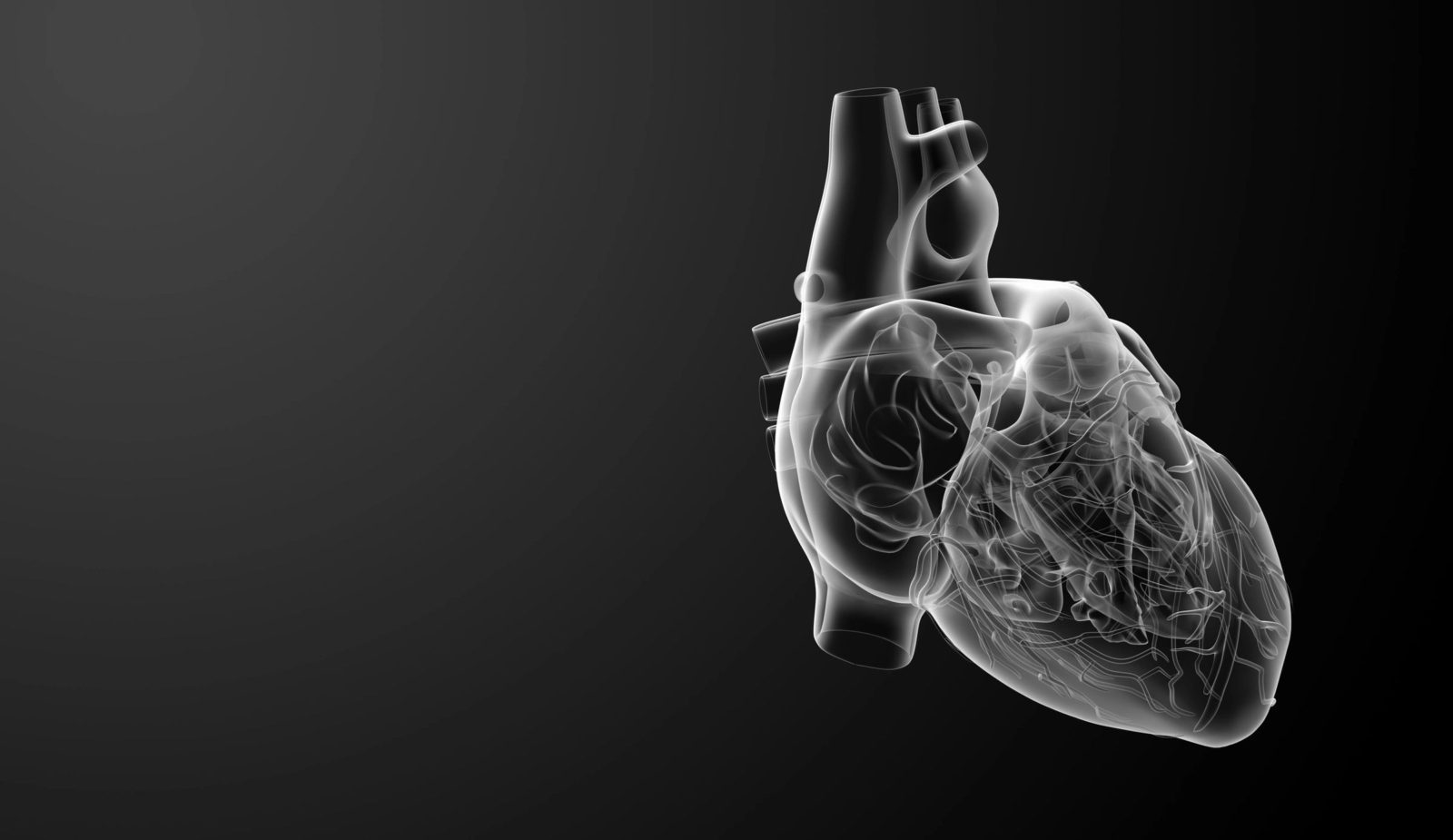Does Iron Provide Protection Against Heart Disease?

New research suggests that iron may have a protective effect against heart disease, which could pave the way for new treatments in the future.
What is Heart Disease?
Cardiovascular Disease (CVD), known as heart disease, is related to Atherosclerosis, a condition that develops when plaque builds up in the artery walls. This buildup narrows the arteries, making it harder for blood to flow through. Many times, this causes a blood clot to form and can stop blood flow, triggering a heart attack or stroke. Other types of cardiovascular disease include heart failure (when the heart stops beating or when the heart isn’t pumping blood as efficiently as necessary), Arrhythmia (abnormal heart rhythm), or heart value problems (stenosis, regurgitation, prolapse). CVD, according to American Heart Association, is the leading cause of death among people in the US, responsible for approximately 610,000 deaths each year. Getting healthy iron levels could be a key way for people to fight heart disease and improve their health.
Benefits of Healthy Iron Levels
Iron is an essential compound of proteins and enzymes in the body. It helps transport oxygen from the lungs to the rest of the body via the hemoglobin within red blood cells. According to the National Institutes of Health, iron provides oxygen from the lungs to the tissues and muscles, supports metabolism, and is also necessary for growth, development, normal cellular functions, and synthesis of some hormones and connective tissue.”
The prevalence of iron deficiency anemia in the US population, according to Jerry Hickey, R.Ph of InVite® Health, is 2% in men and 9-12% in women. Symptoms include easy fatigue, loss of energy, unusually rapid heartbeat, shortness of breath and headache.
Mendelian, Randomized Study
A team of researchers from Imperial College London and University College London of the United Kingdon, examined the link between levels of iron in the body and the risk of developing the most common type of CVD – coronary artery disease (CAD). The scientists used individual genetic variations, as Dr. Dipender Gill (scientist involved in the study) reported, “Previous studies have suggested a link between iron levels and heart disease, but it has been difficult to pick this apart from other confounding factors. As our genes are randomly allocated before we are born, their impact on our systemic iron status is less affected by the lifestyle or environmental factors that can confound observational studies.”
Focusing on genetic data of more than 48,000 individuals, Dr. Gill and the team focused on three specific points in the genome where an SNP (the most common sort of human genetic variation) can increase of decrease the level of iron in a person’s body. This data was combined with data from two meta-analyses, screening for SNPs among a combined total of more than 124,000 people with CAD.
The results confirmed that higher levels of iron reduce the likelihood of developing CAD. The authors explain, “The results will next need to be validated in a randomized, controlled trial – wherein some patients are given iron supplements and some are given a placebo – in order to see if supplemental iron intake protects against CAD.” This Mendelian, Randomized study was published in the Journal of Arteriosclerosis, Thrombosis, and Vascular Biology on July 6, 2017.
Dr. Gill continues, “Just as when someone’s cholesterol levels are high we give them a statin, […] if their iron levels are low, we could give them an iron tablet to minimize their risk of cardiovascular disease. For those people who have already had a heart attack, and whose iron status is low, we could potentially reduce their risk of having another heart attack just by giving them an iron tablet.”
*This article is not intended to replace the medical advice of your doctor or healthcare provider. Please consult your health care provider for advice about a specific medical condition. Accidental overdose of iron-containing products is a leading cause of fatal poisoning in children under 6. Keep this product out of reach of children. In case of accidental overdose, call a doctor or poison control center immediately.